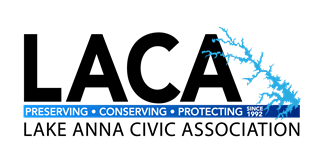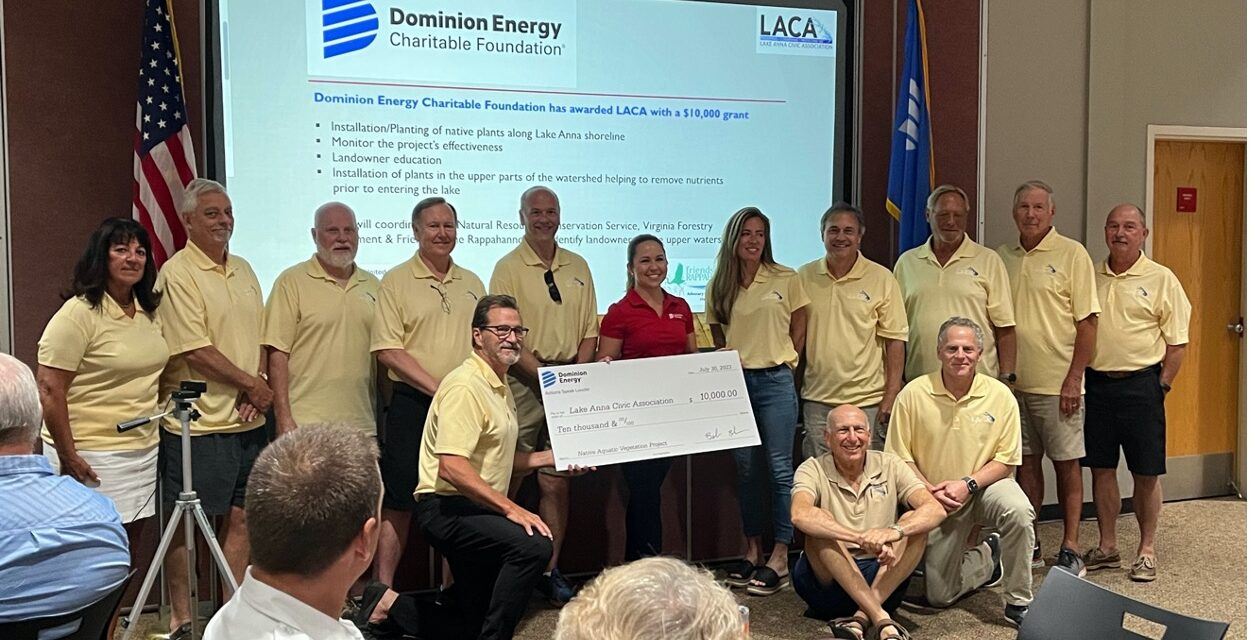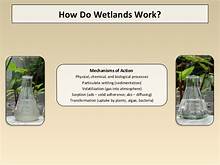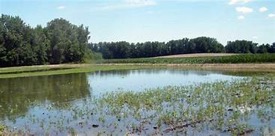- Home
- EPC Future Activities
Future Activities
Photo Credit: Chris McCotter July 29, 2023 Dominion Energy Charitable Foundation awards LACA $10,000 grant to help
KICK THE HAB...AGAIN! At the Annual Meeting on July 29, 2023, the Dominion Energy Charitable Foundation awarded LACA with a $10,000 grant to help KICK THE HAB...AGAIN! The Environmental Preservation committee will use some of the funds for the installation/planting of native plants along the shoreline of Lake Anna. We will also be working closely with the Virginia Department of Forestry, Friends of The Rappahannock and other organizations to identify landowners further up in the watershed to allow us to install riparian buffers. Riparian buffers are strips of native trees and shrubs planted along streams that flow into Lake Anna. The buffers help to intercept sediment, nutrients and pesticides before they get into the watershed. If you are interested in working with us on our efforts please reach out to either Mark DeBord (Mark.Debord@lakeannavirginia.org) or Lara Weatherholtz (Lara.Weatherholtz@lakeannavirginia.org). HUGE thank you to Dominion Energy! Riparian buffers are the natural vegetation from the edge of the stream bank out through the riparian zone. The vegetative zone serves as a buffer to pollutants entering a stream from runoff, controls erosion, and provides habitat and nutrient input into the stream The committee has applied for a nearly $50,000 grant from the National Fish and Wildlife Federation to conduct a wetlands feasibility study as a potential avenue to reduce the influx of nutrients from the feeder streams into the lake. Wetlands slow the flow of water and allow the nutrients and pollutants to drop to the soil rather than mix into the water.
They are also continuing to work with the various Soil and Water Conservation Districts on developing partnerships with Virginia Tech and Randolph-Macon college for academia involvement on the harmful algae blooms. Additionally, the Environmental Preservation Committee is partnering with LACA's Water Quality Committee to continually monitor for signs of potential outbreaks of the algae blooms and for more specific information on the potential causes and environmental conditions leading up to the HABs.
|



 For more information on the grant proposal, click
For more information on the grant proposal, click